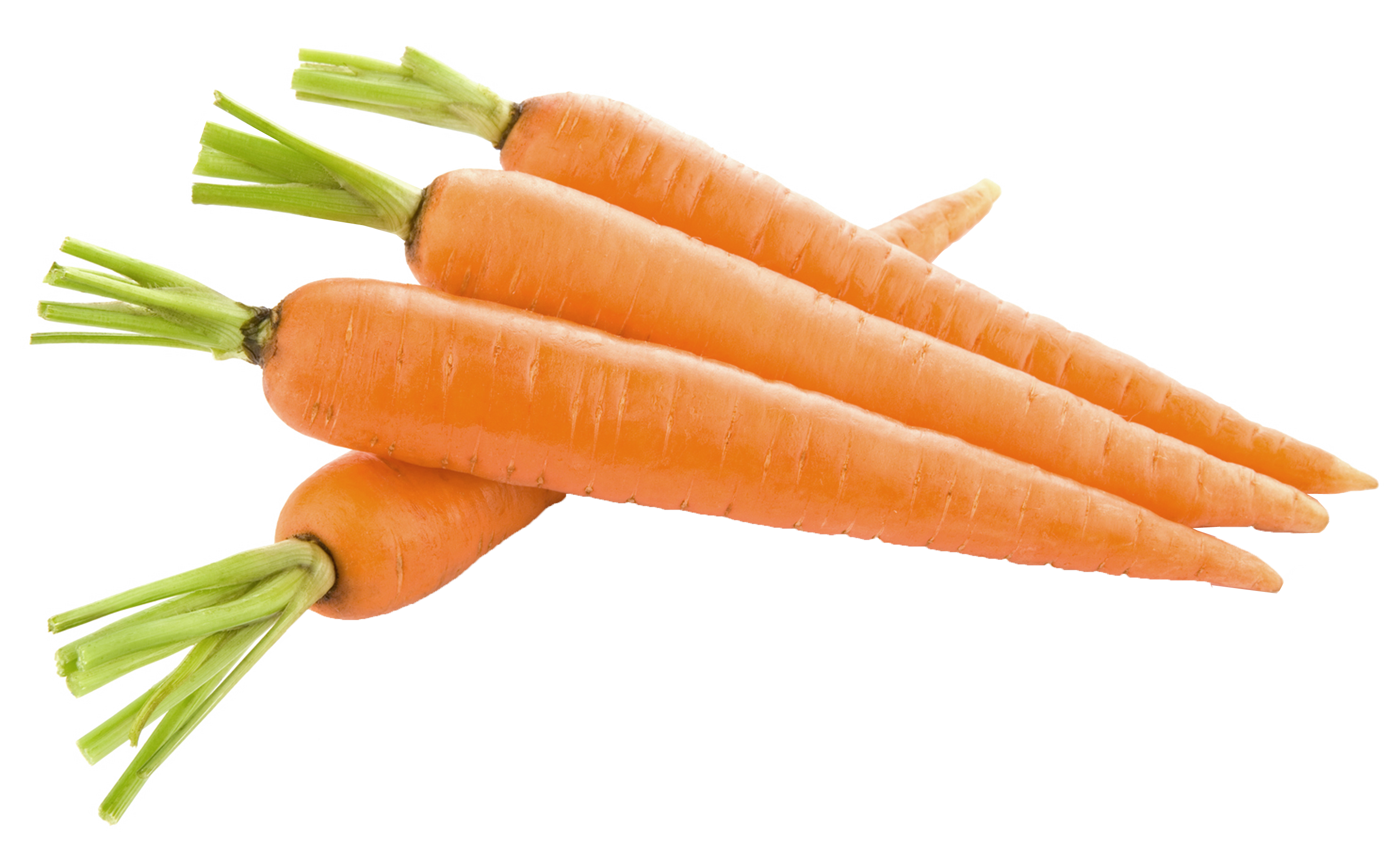
Cultivation of Carrot (Daucus carota)
Carrot, a popular root vegetable, is rich in beta-carotene, vitamins, and minerals. It is consumed raw, cooked, or processed into products like juice and pickles. Carrot farming is highly profitable due to its demand in domestic and international markets.
Origin, Area, and Distribution
- Origin: Carrot is believed to have originated in Afghanistan.
- Global Distribution: Major carrot-producing countries include China, India, United States, Russia, and France.
- India Distribution: In India, carrot cultivation is concentrated in Punjab, Haryana, Uttar Pradesh, Karnataka, and Tamil Nadu.
Climate Requirements
- Ideal Temperature: Carrots thrive in cool climates. The optimum temperature range for root growth is 15°C to 20°C.
- Season: Carrot is mainly grown during the rabi (winter) season in India, though some varieties are suitable for year-round cultivation in certain regions.
- Frost Sensitivity: Severe frost can damage the roots and foliage.
Soil Requirements
- Soil Type: Carrots require deep, loose, sandy loam or silt loam soils for proper root development.
- pH Range: The ideal soil pH is 6.0 to 7.0.
- Drainage: Well-drained soils are essential to prevent root rot.
- Soil Preparation: Deep plowing (up to 30 cm) and fine tilth are necessary for uniform root growth. Add 15–20 tons of well-rotted FYM or compost per hectare during soil preparation.
Varieties
Indian Varieties:
-
- Pusa Rudhira: High-yielding red variety.
- Pusa Kesar: Suitable for late sowing.
- Pusa Meghali: Early maturing variety.
- Desi Red: Traditional Indian variety.
Foreign Varieties:
-
- Nantes: Cylindrical roots, tender, and juicy.
- Imperator: Long roots, suitable for processing.
- Chantenay: Short and conical roots.
Seed Rate
- Seed Rate: 4–6 kg per hectare, depending on the variety and sowing method.
- Seed Treatment: Treat seeds with Captan or Thiram (2–3 g/kg of seed) to prevent soil-borne diseases.
Cultivation Practices
Time of Sowing
- Northern Plains: Sowing is done from October to December.
- Southern India: Sowing can be done almost year-round in regions with mild winters.
Sowing Method
- Direct Seeding: Carrot seeds are directly sown in the field.
- Line Sowing: Maintain row spacing of 25–30 cm and plant-to-plant spacing of 5–10 cm.
- Depth of Sowing: Seeds should be sown at a depth of 1–2 cm for proper germination.
Fertilizer Requirements
- Nutrient Management:
- Nitrogen (N): 60–80 kg/ha
- Phosphorus (P): 40–60 kg/ha
- Potassium (K): 40–60 kg/ha
- Apply half the nitrogen and the entire P and K as a basal dose. The remaining nitrogen is applied in split doses during the growing season.
- Micronutrients: Application of boron is crucial to prevent physiological disorders like cracking and hollow heart.
Irrigation
- Carrots require adequate soil moisture throughout the growing season.
- Irrigation Schedule:
- After Sowing: Light irrigation is essential for uniform germination.
- Subsequent Irrigation: Provide irrigation at 7–10 day intervals, depending on soil and climatic conditions.
- Avoid excessive watering as it can lead to root rot and poor quality.
Weed Management
- Manual Weeding: Hand weeding is done at 3–4 weeks after sowing and repeated as needed.
- Herbicides: Pre-emergence herbicides like Pendimethalin can be applied to reduce weed competition.
Intercultural Operations Thinning: Thin the plants at the 2–3 leaf stage to maintain proper spacing and ensure uniform root growth.
Pest and Disease Management
Pests:
- Aphids: Suck sap from foliage, leading to stunted growth. Control: Spray Imidacloprid (0.5 ml/L of water).
- Cutworms: Damage seedlings and roots. Control: Apply chlorpyrifos in the soil.
Diseases:
- Leaf Blight: Caused by Alternaria species; it results in dark spots on leaves. Control: Spray with Mancozeb or Chlorothalonil.
- Damping-off: Fungal disease affecting seedlings. Control: Seed treatment with Captan or Thiram.
Harvesting
- Maturity Period: Carrots are ready for harvest 90–120 days after sowing, depending on the variety.
- Signs of Maturity:
- Roots attain the desired size and color.
- Tops begin to wilt naturally.
- Harvesting Method: Roots are lifted manually or with mechanical harvesters.
Post-Harvest Handling
- Cleaning: Remove soil and debris from the roots.
- Grading: Grade carrots based on size, shape, and color.
- Storage: Store at 0°C with 90–95% relative humidity to maintain freshness for up to 4–5 months.
- Packaging: Use perforated bags or cartons for transportation and storage.
Yield Average yield ranges from 20–30 tons per hectare, depending on the variety and cultivation practices.
Physiological Disorders
- Splitting of Roots: Caused by irregular watering or excessive nitrogen. Management: Maintain uniform soil moisture and avoid over-fertilization.
- Forking of Roots: Results from compact soil or stones. Management: Prepare fine tilth soil and avoid overcrowding.
- Hollow Heart: Caused by boron deficiency. Management: Apply boron at 10–15 kg/ha.
- Green Shoulders: Caused by exposure of root tops to sunlight. Management: Earth up soil around plants during growth.
Economic Importance
- Carrot is a profitable crop with high demand in fresh and processed markets.
- It is a major source of vitamin A, antioxidants, and dietary fiber, making it nutritionally and commercially significant.

